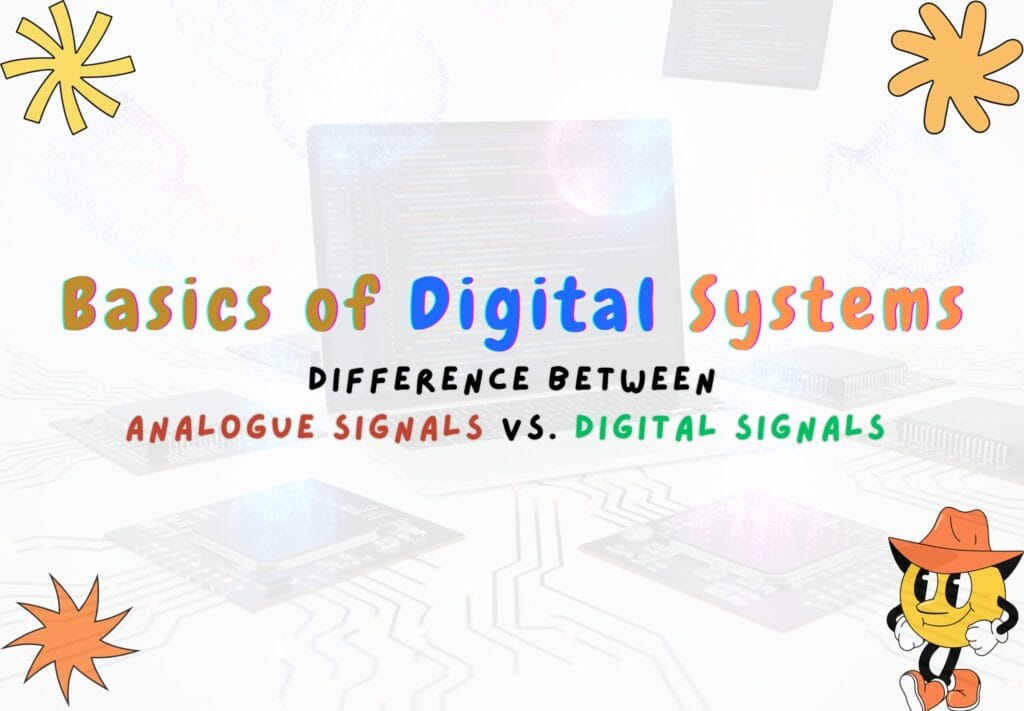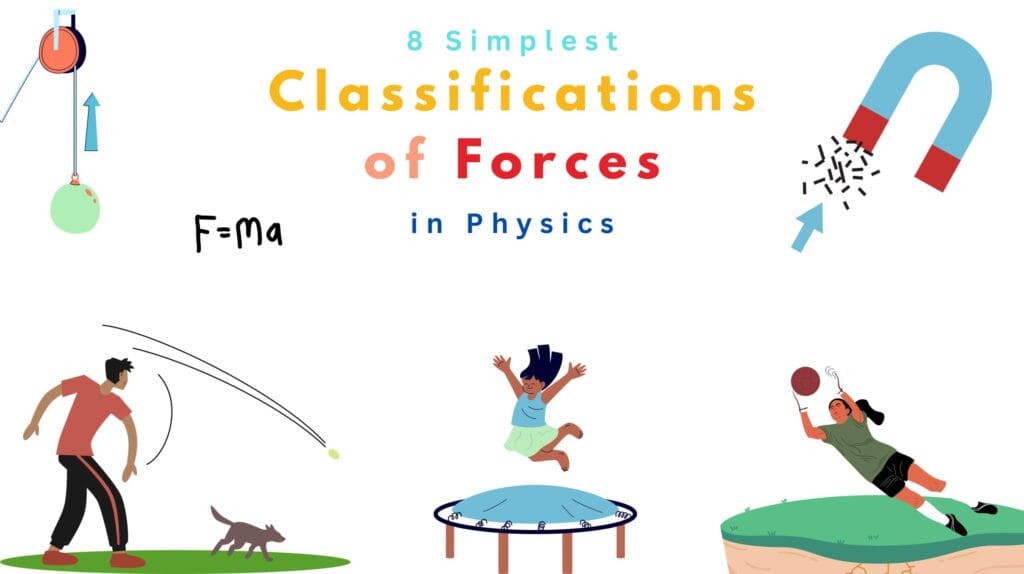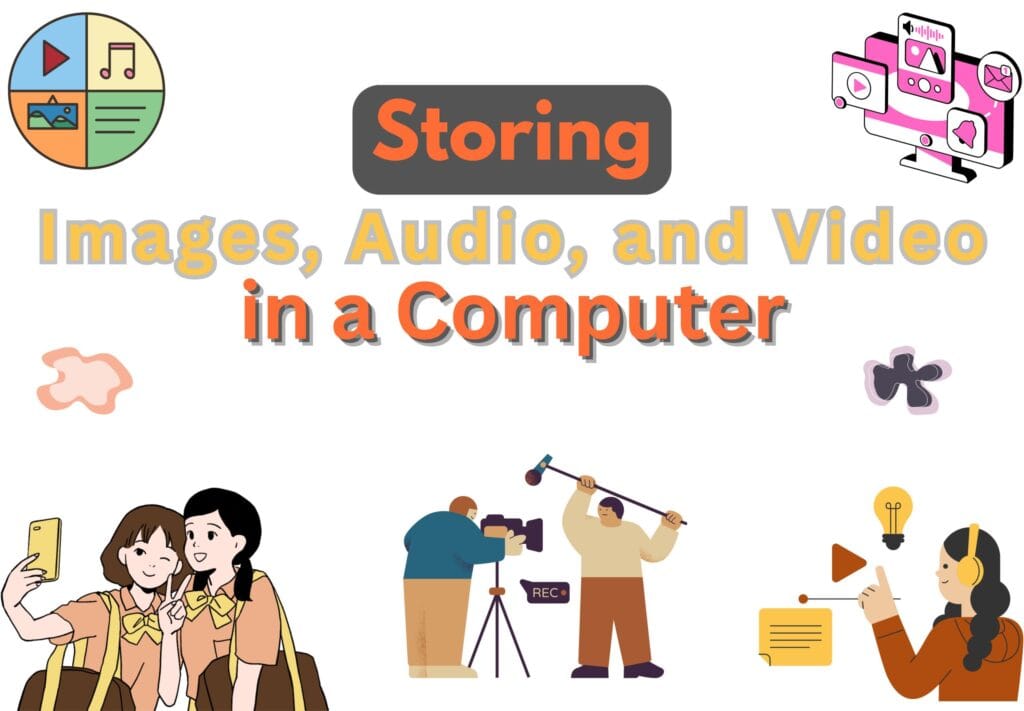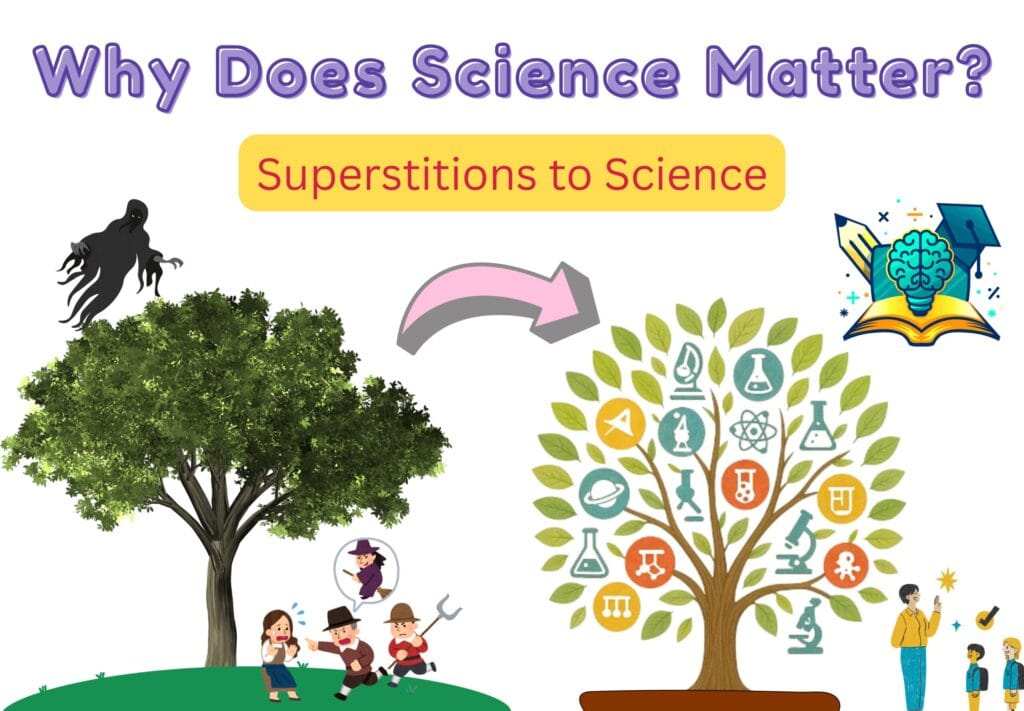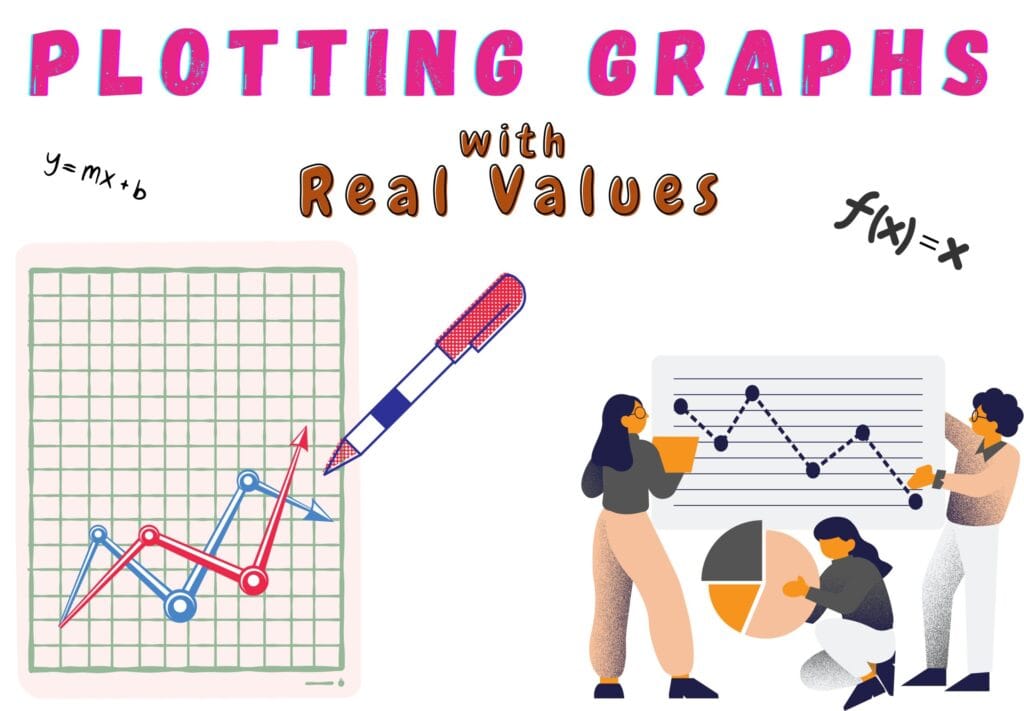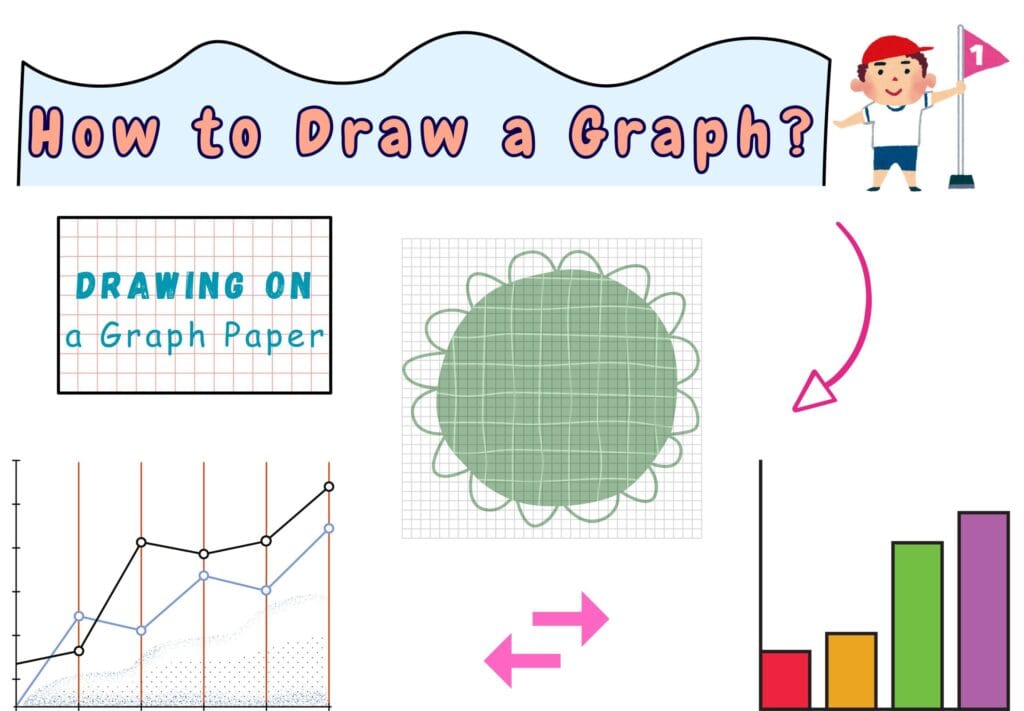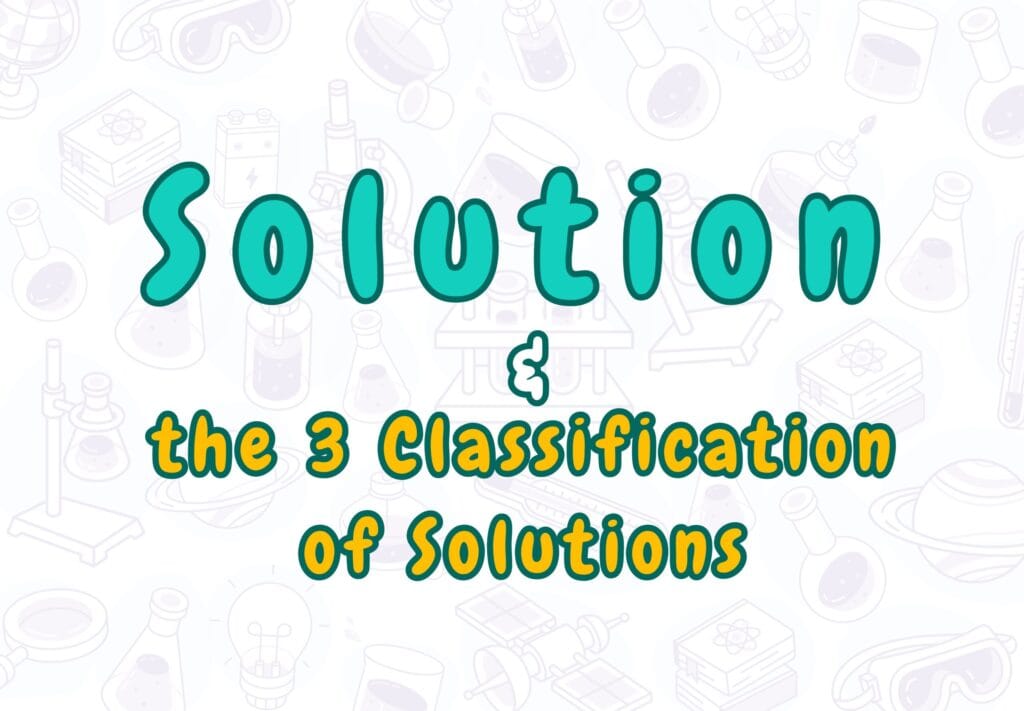Why is Islam the Only True Religion? | 10 Comprehensive Ways to Meet the Criteria for Religious Truth
An often asked question, “Why is Islam the only true religion”? Here you will find 10 comprehensive ways to meet the criteria for religious truthfulness. Introduction There are hundreds of religions in the world. According to research estimates by the Pew Research Centre and other religious demographic studies, there are over 4,000 religions (including sects […]


